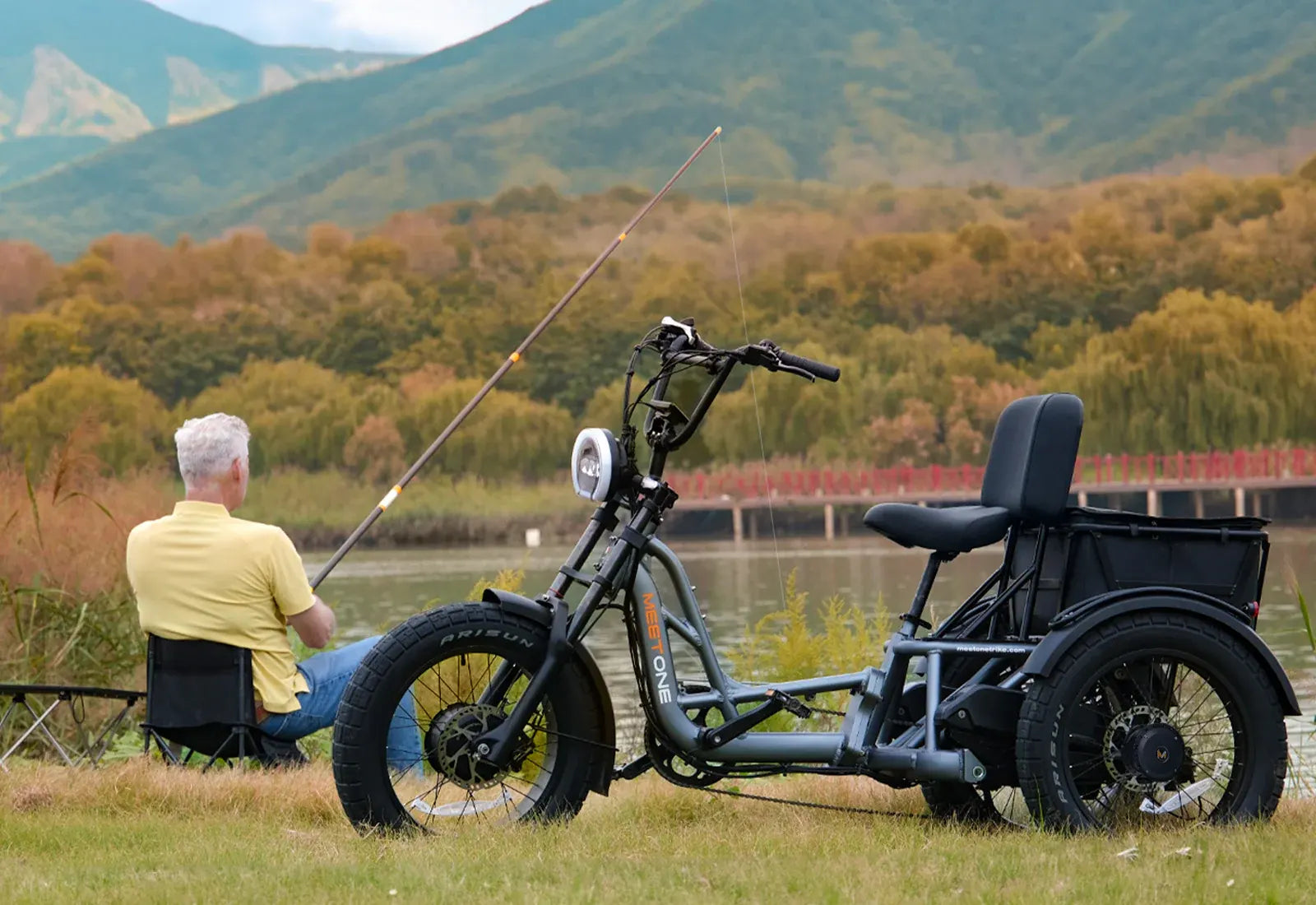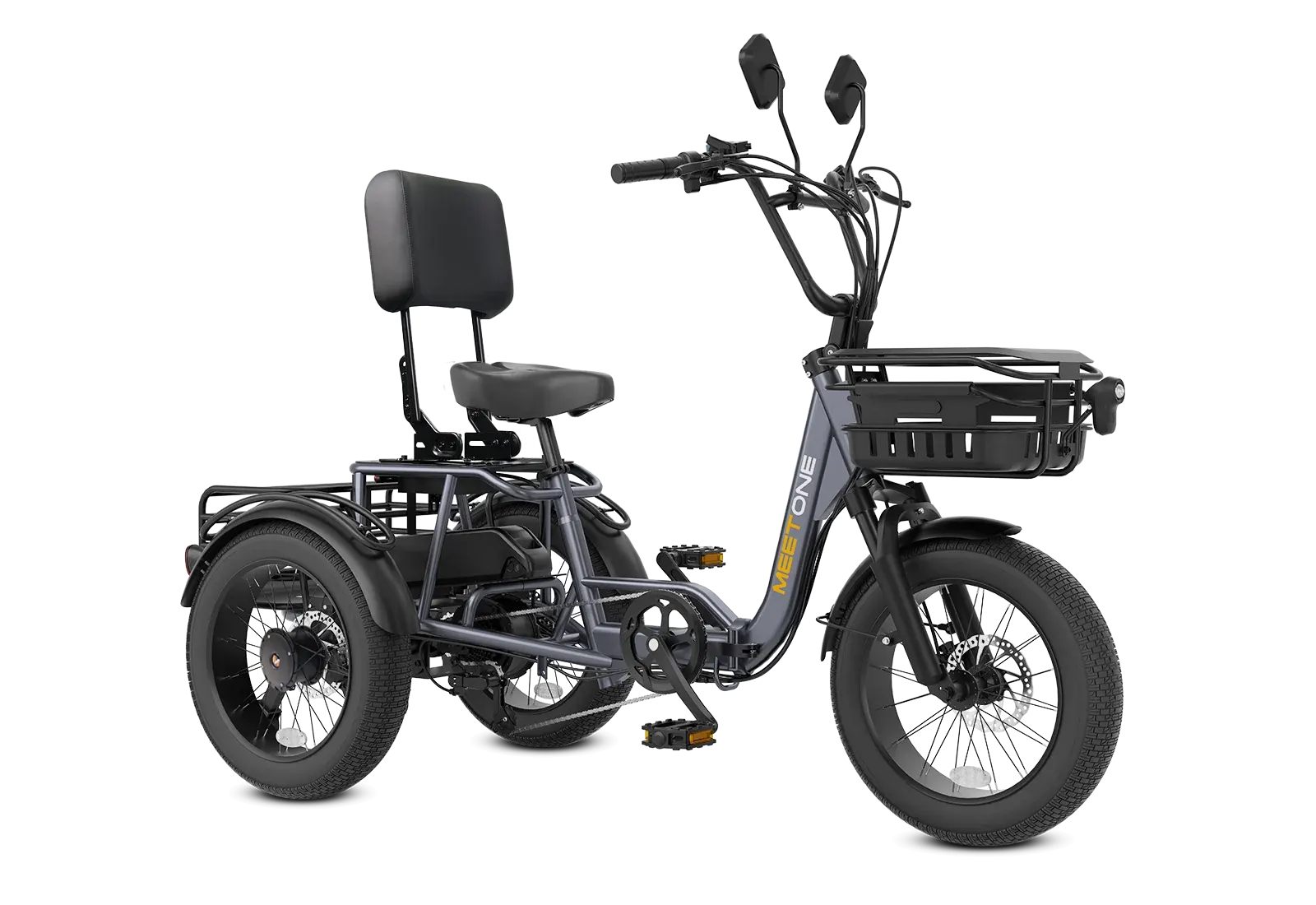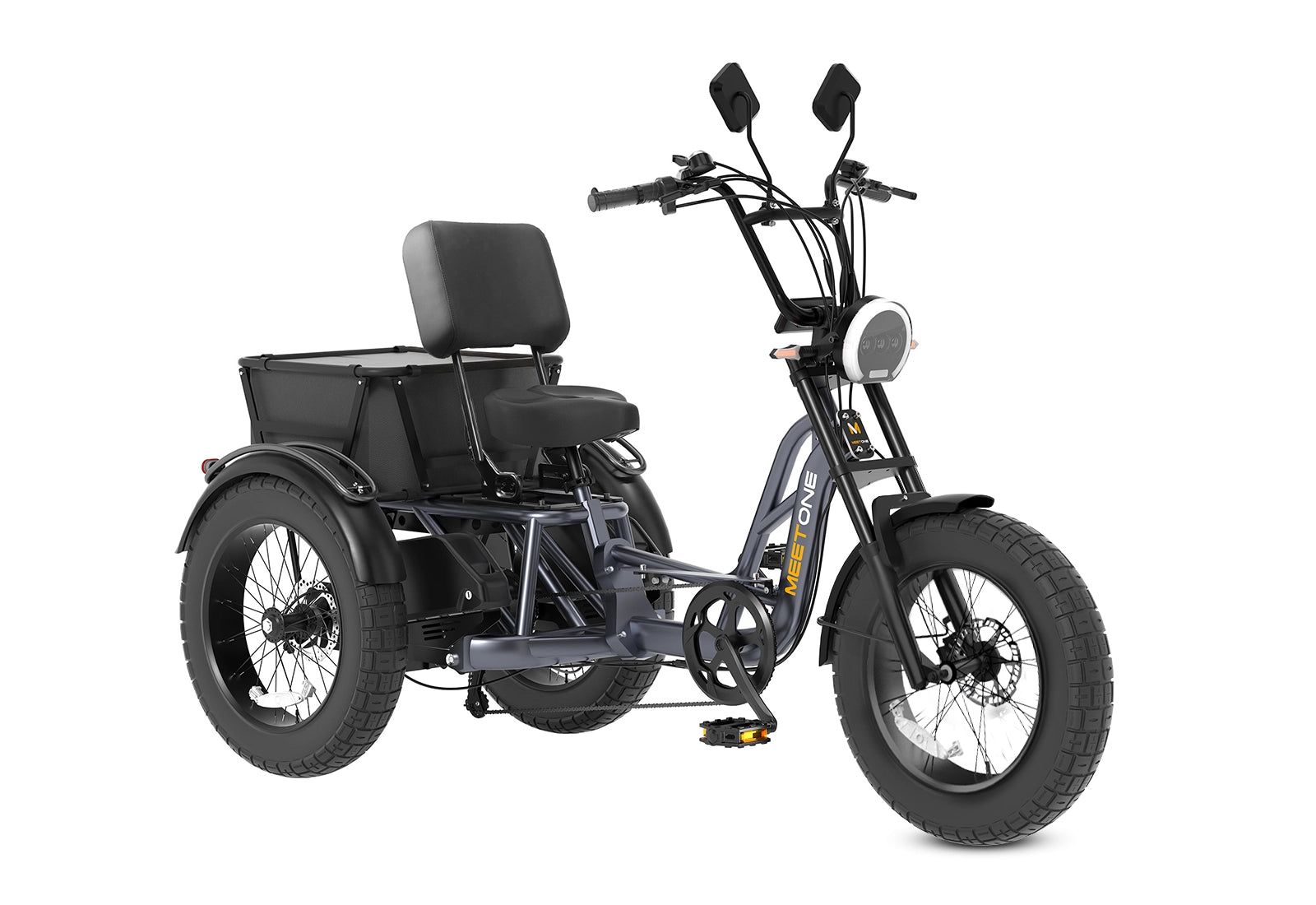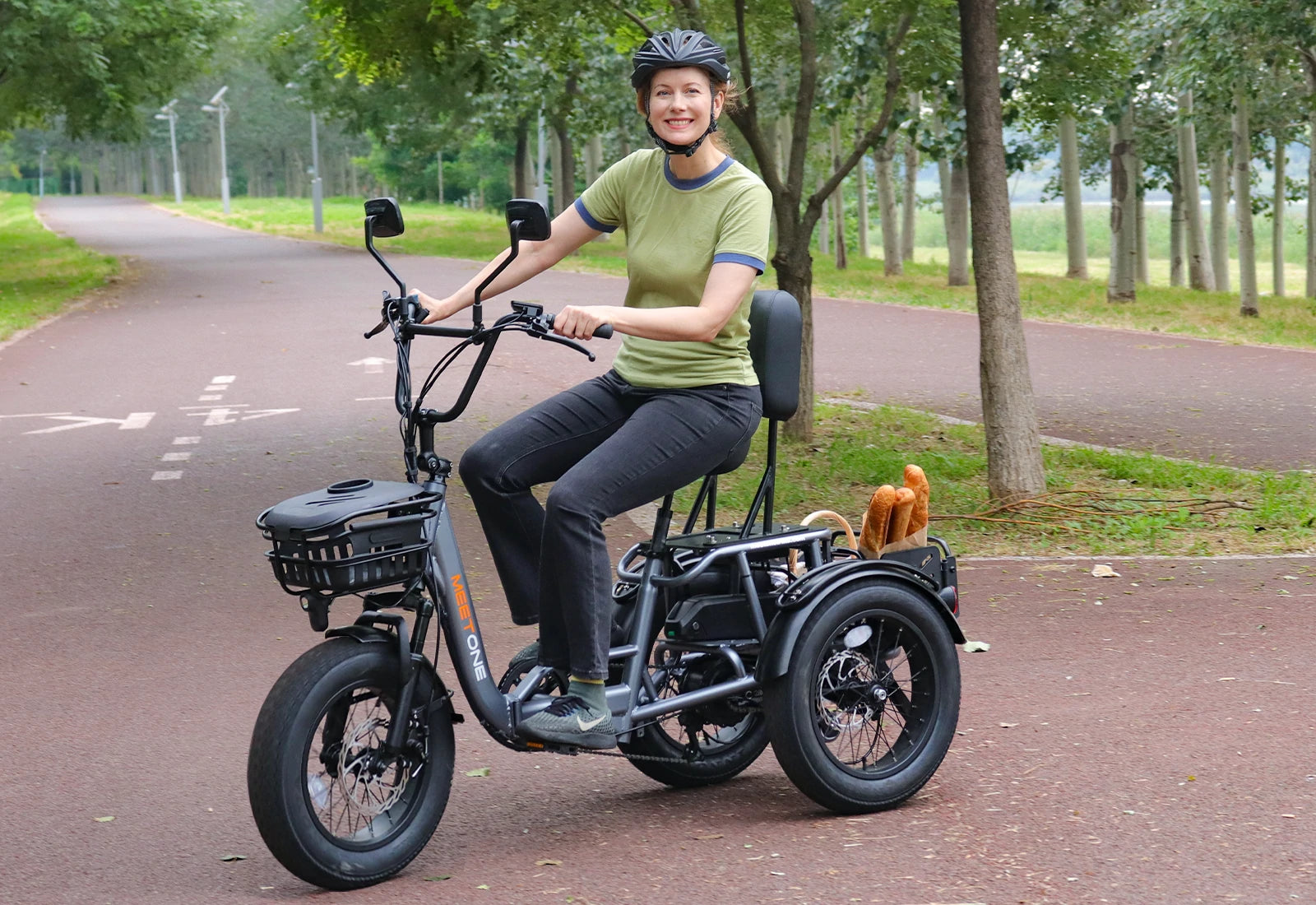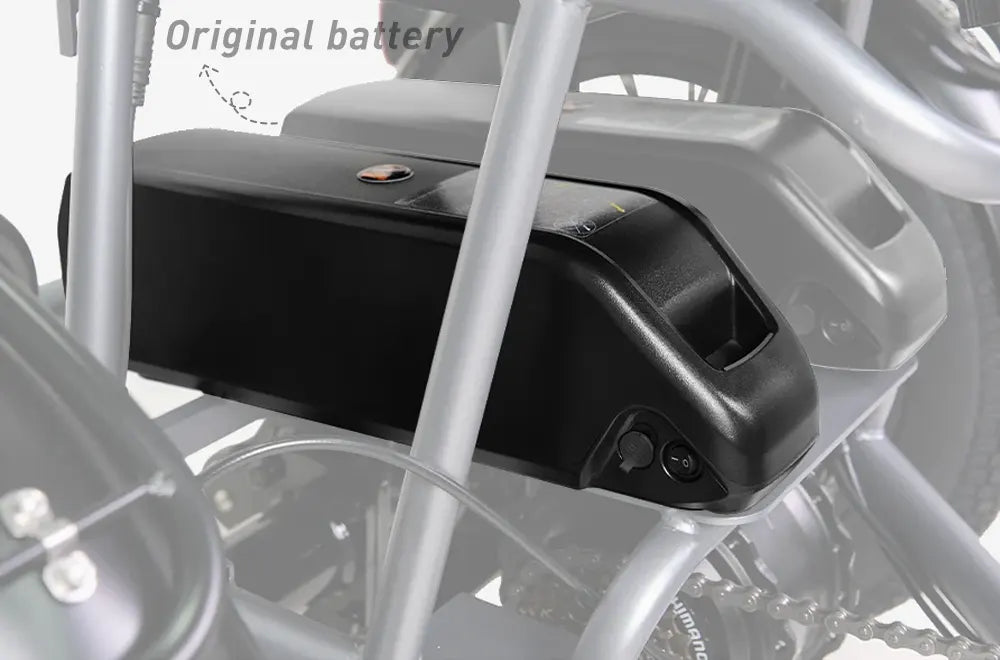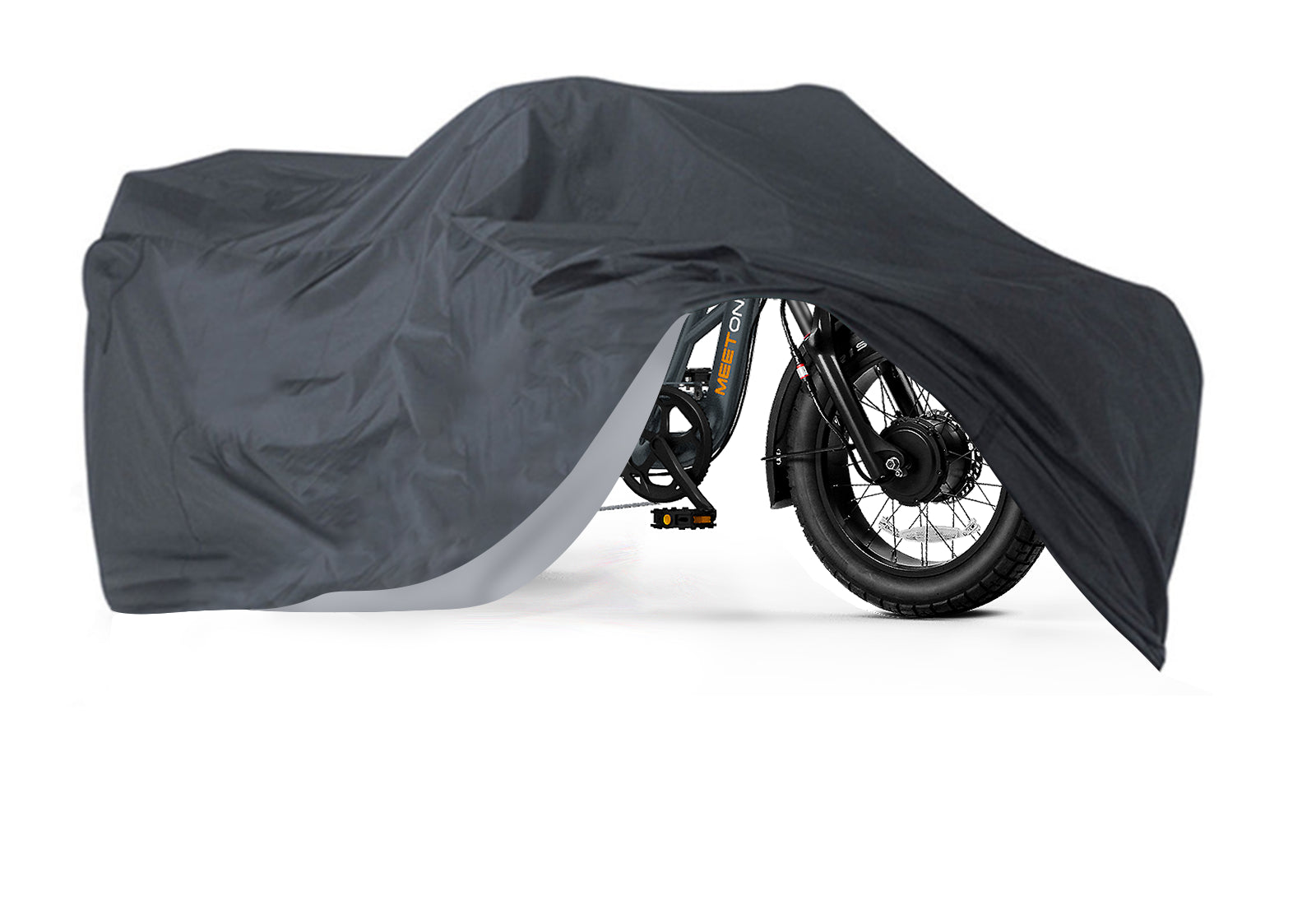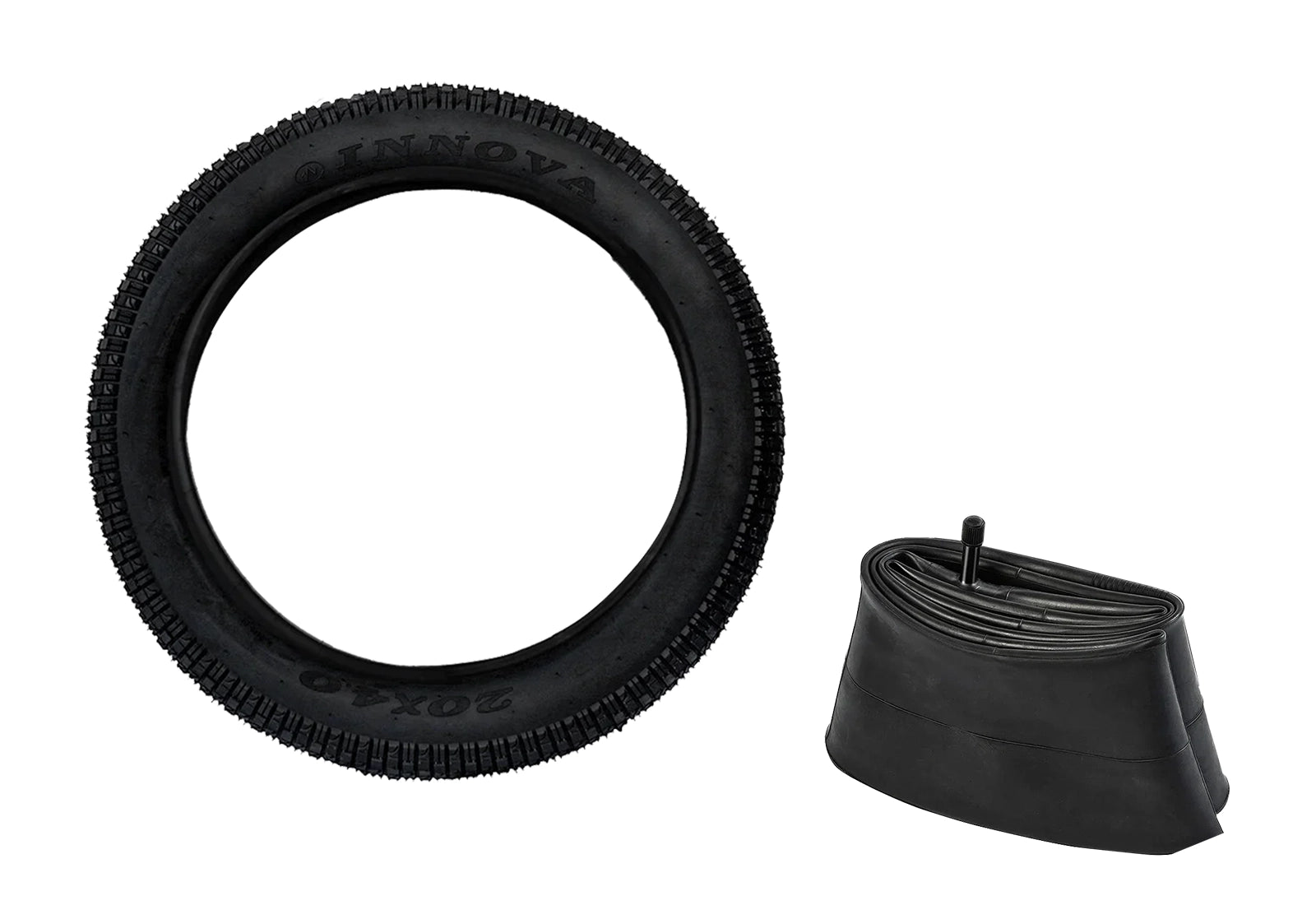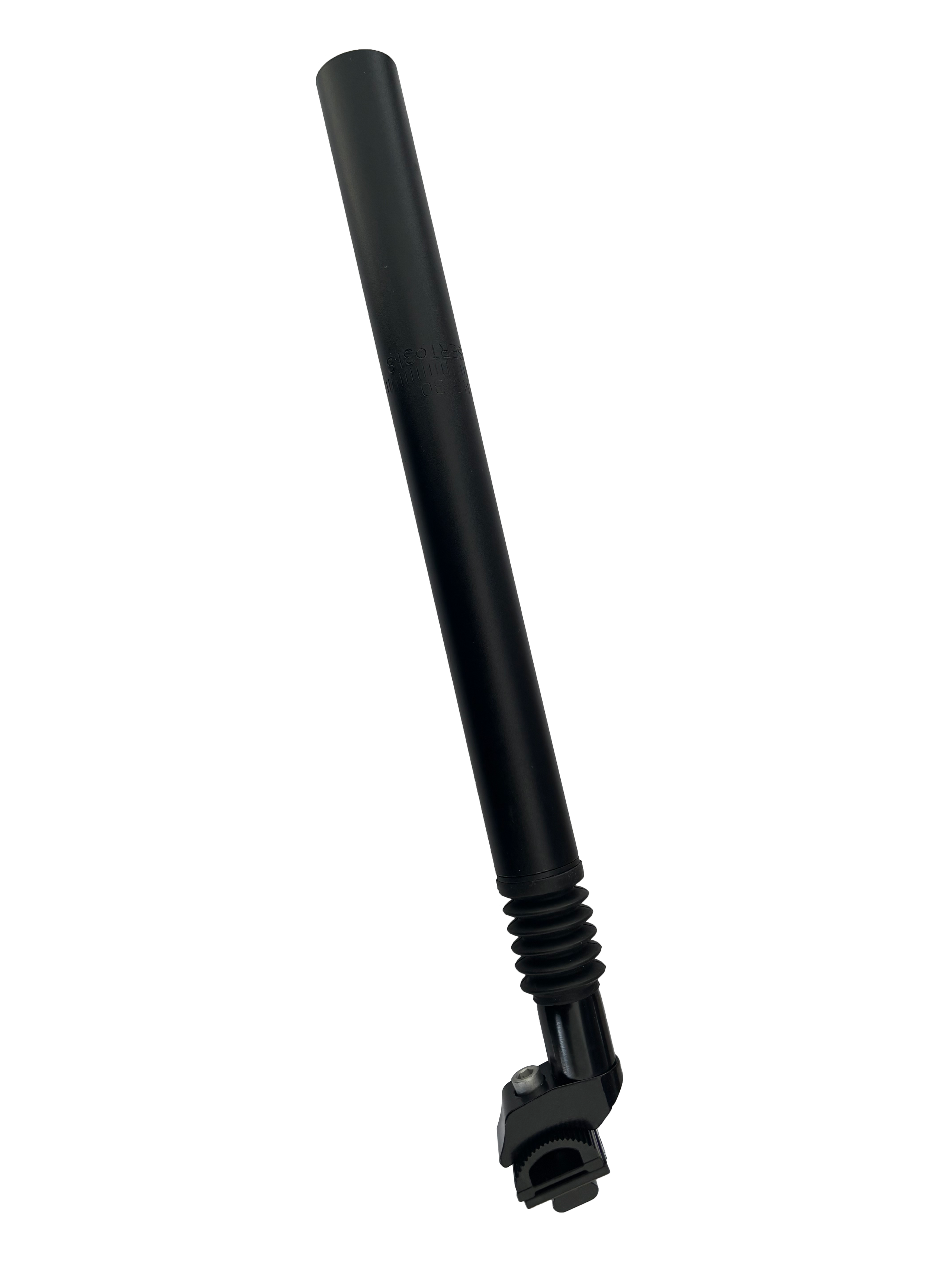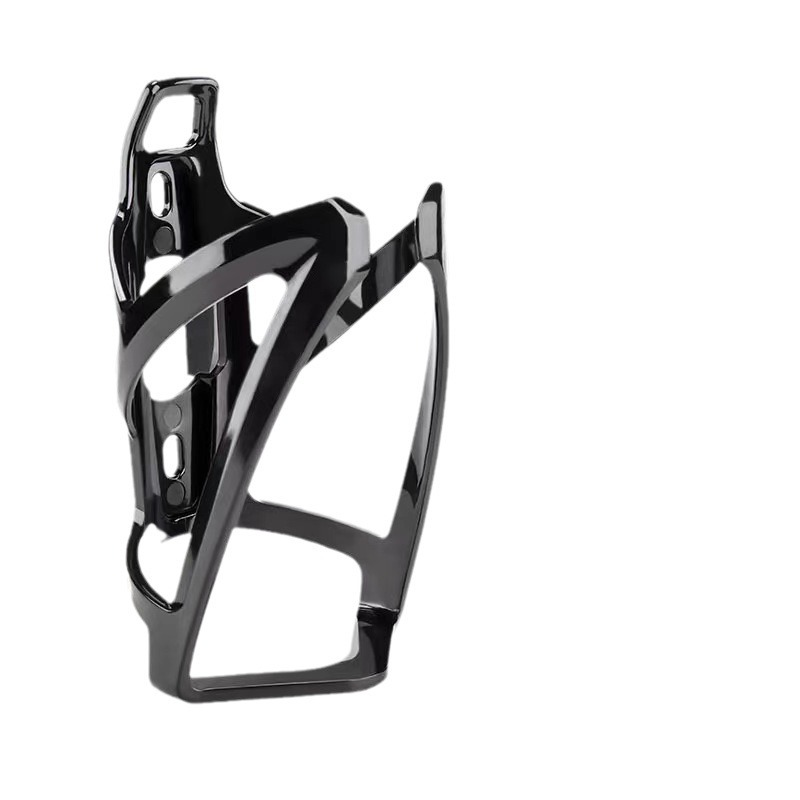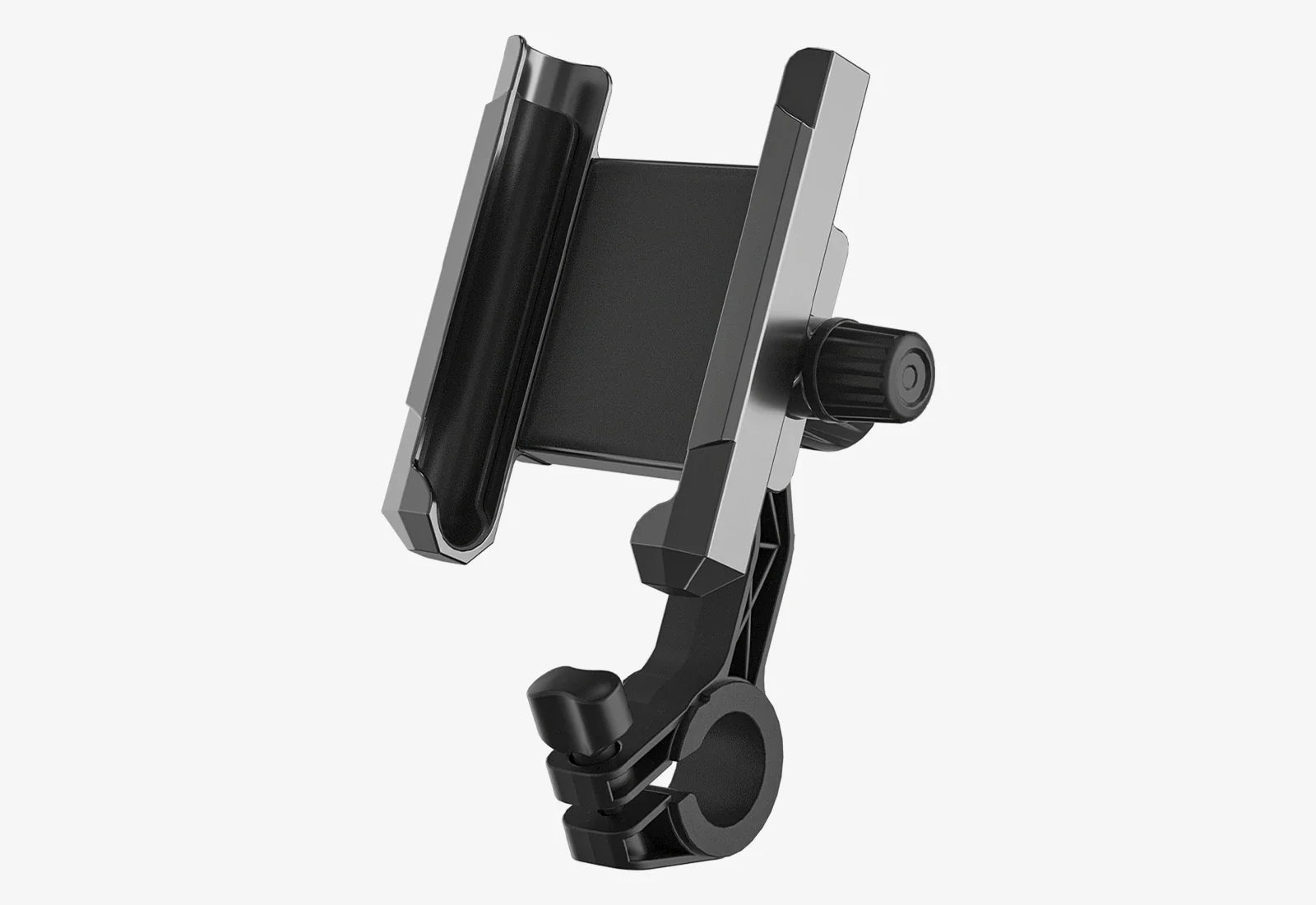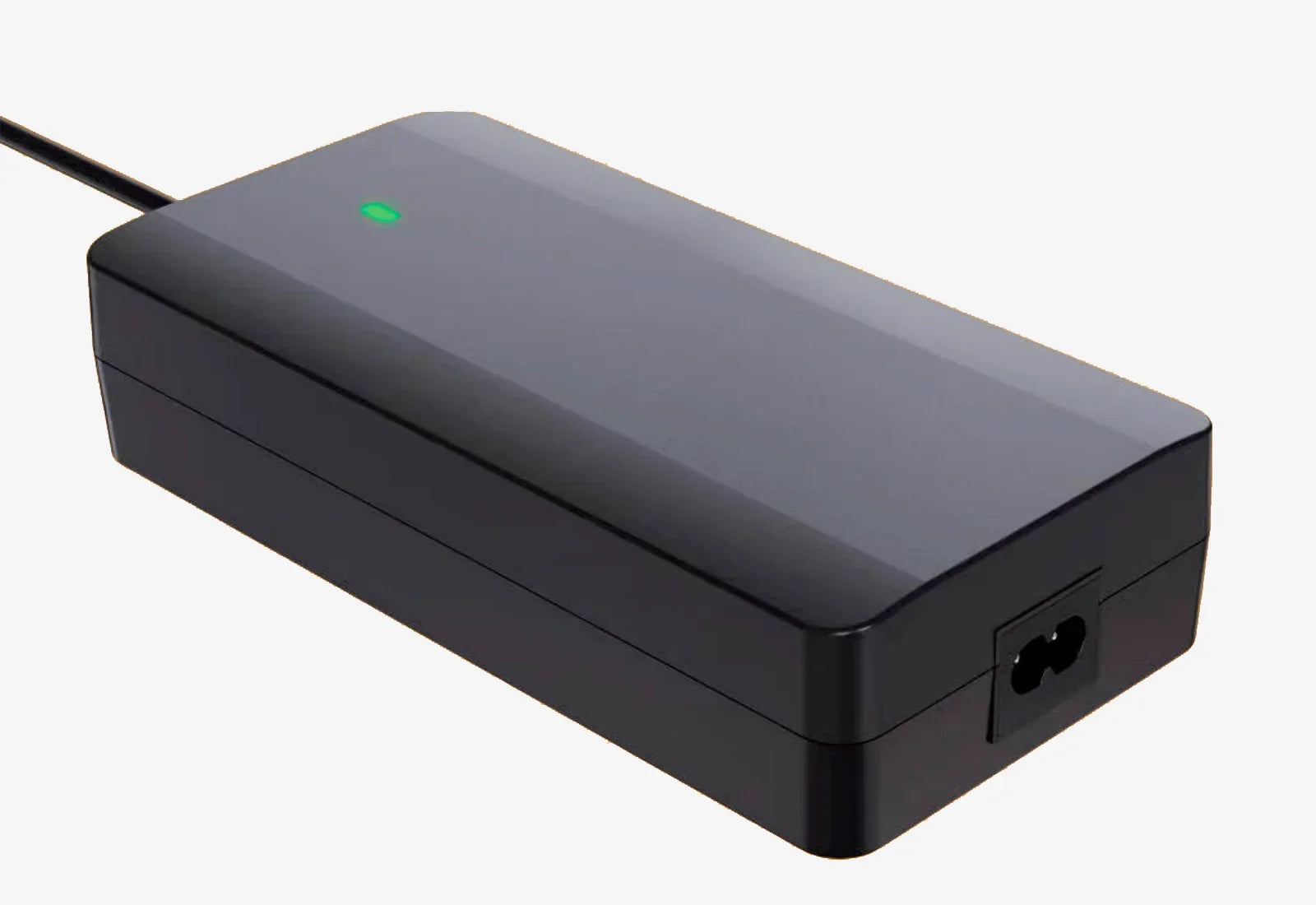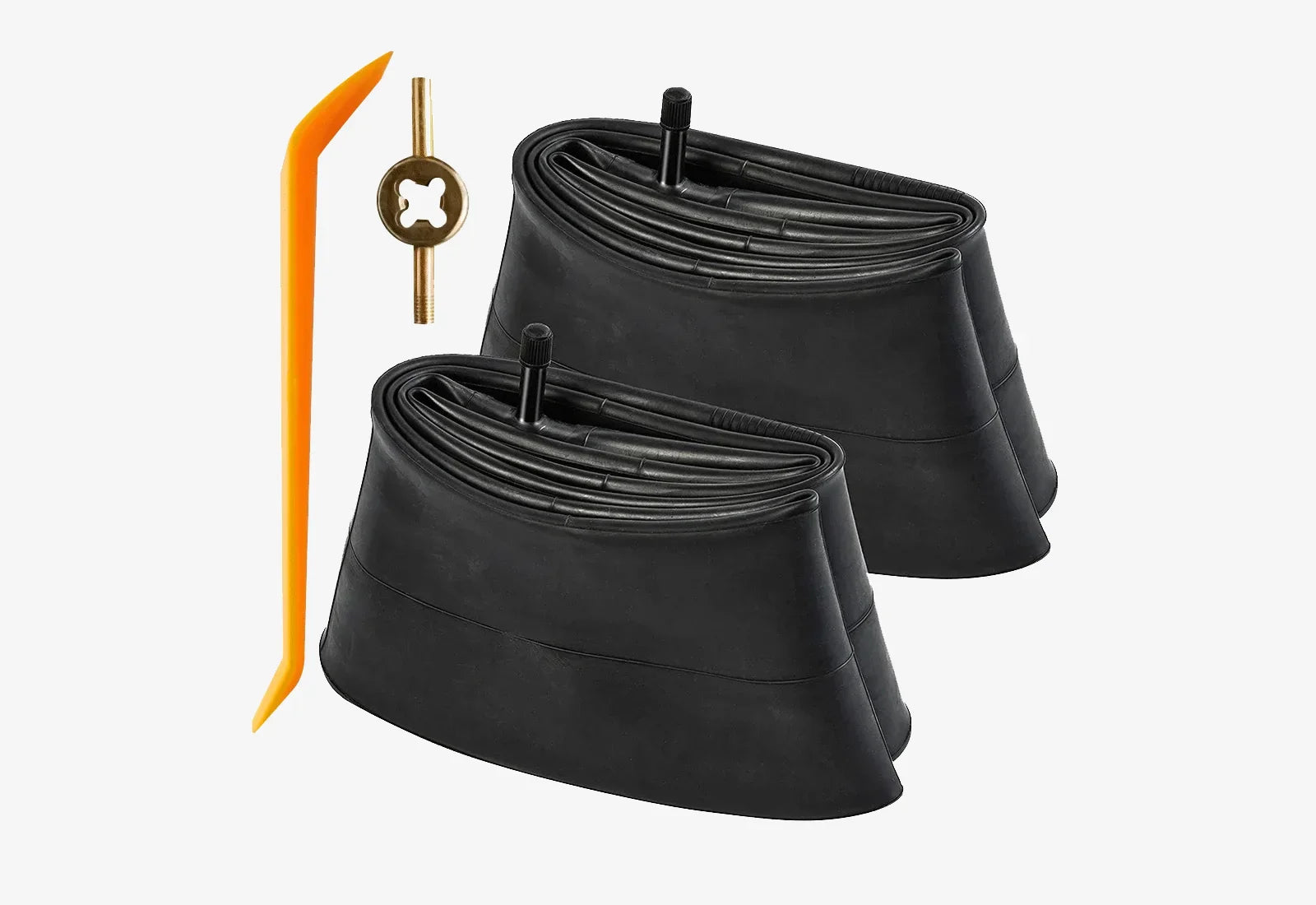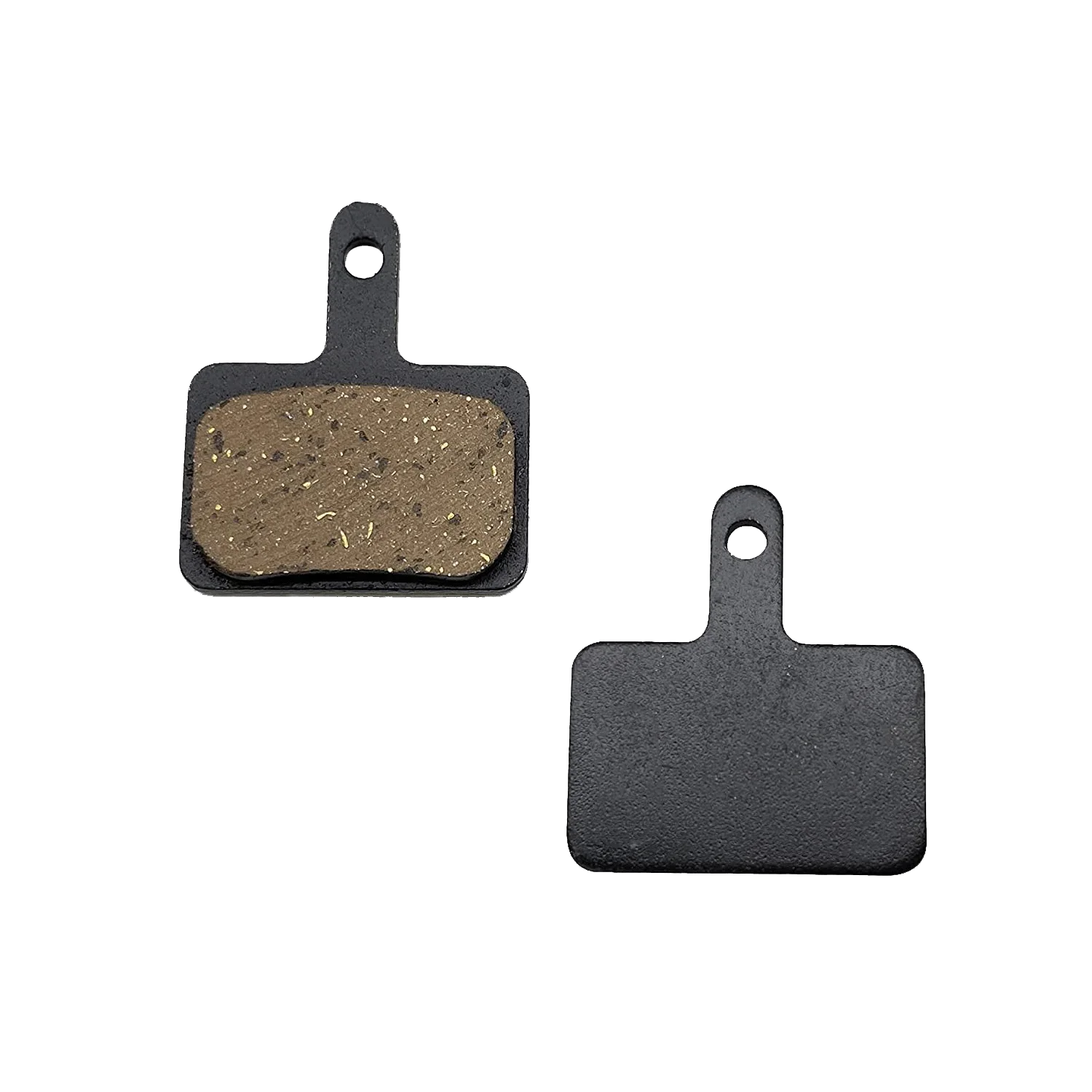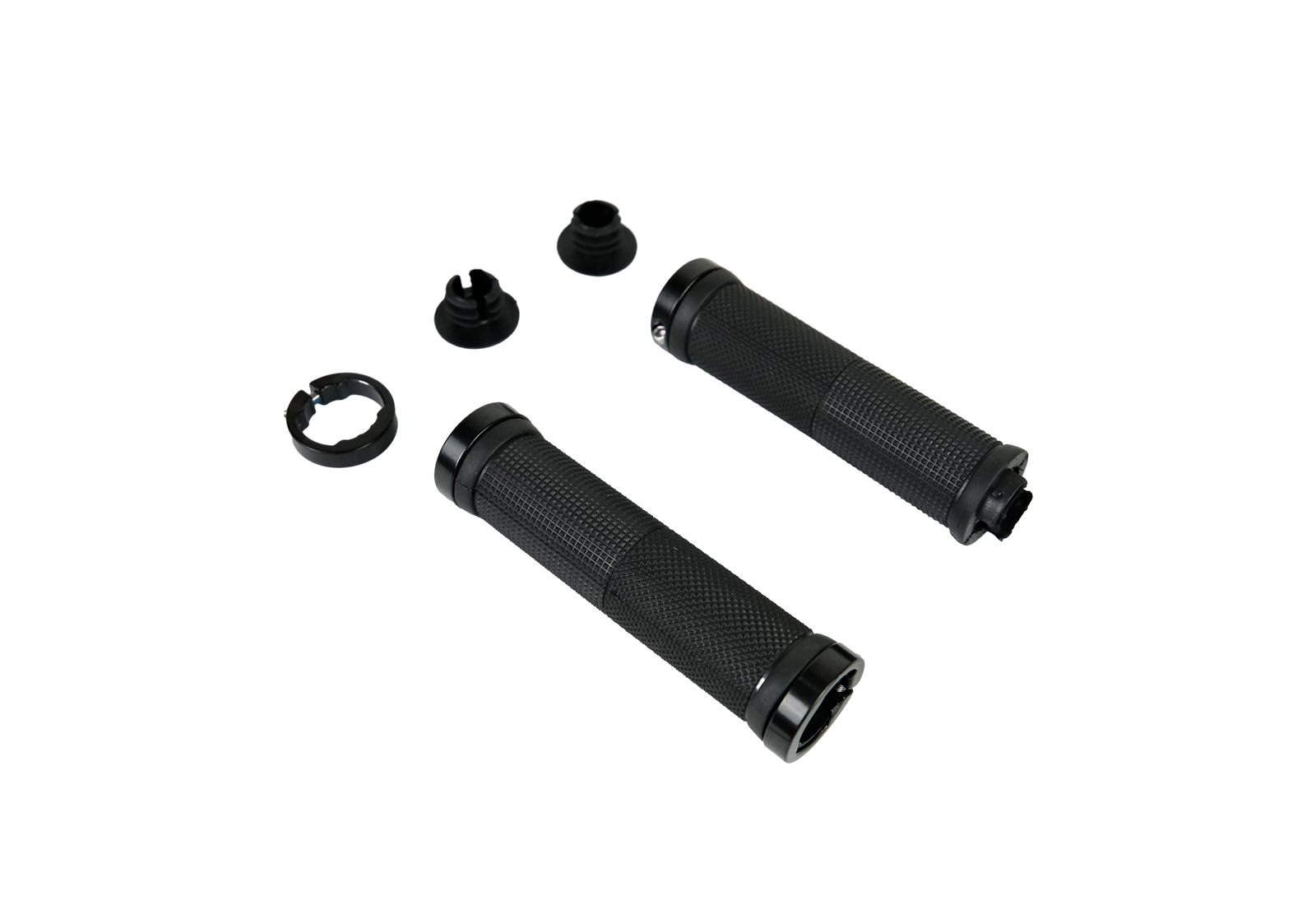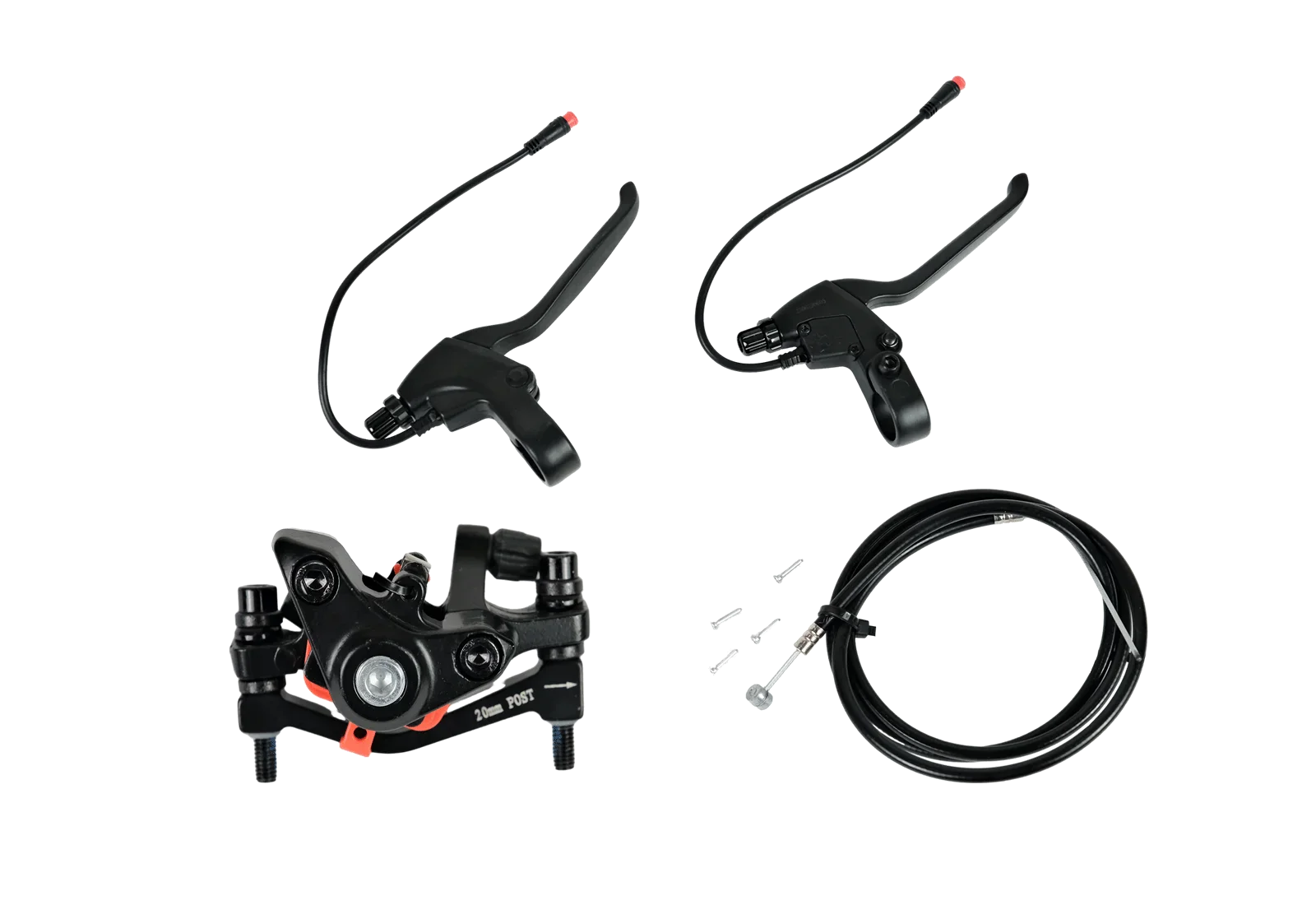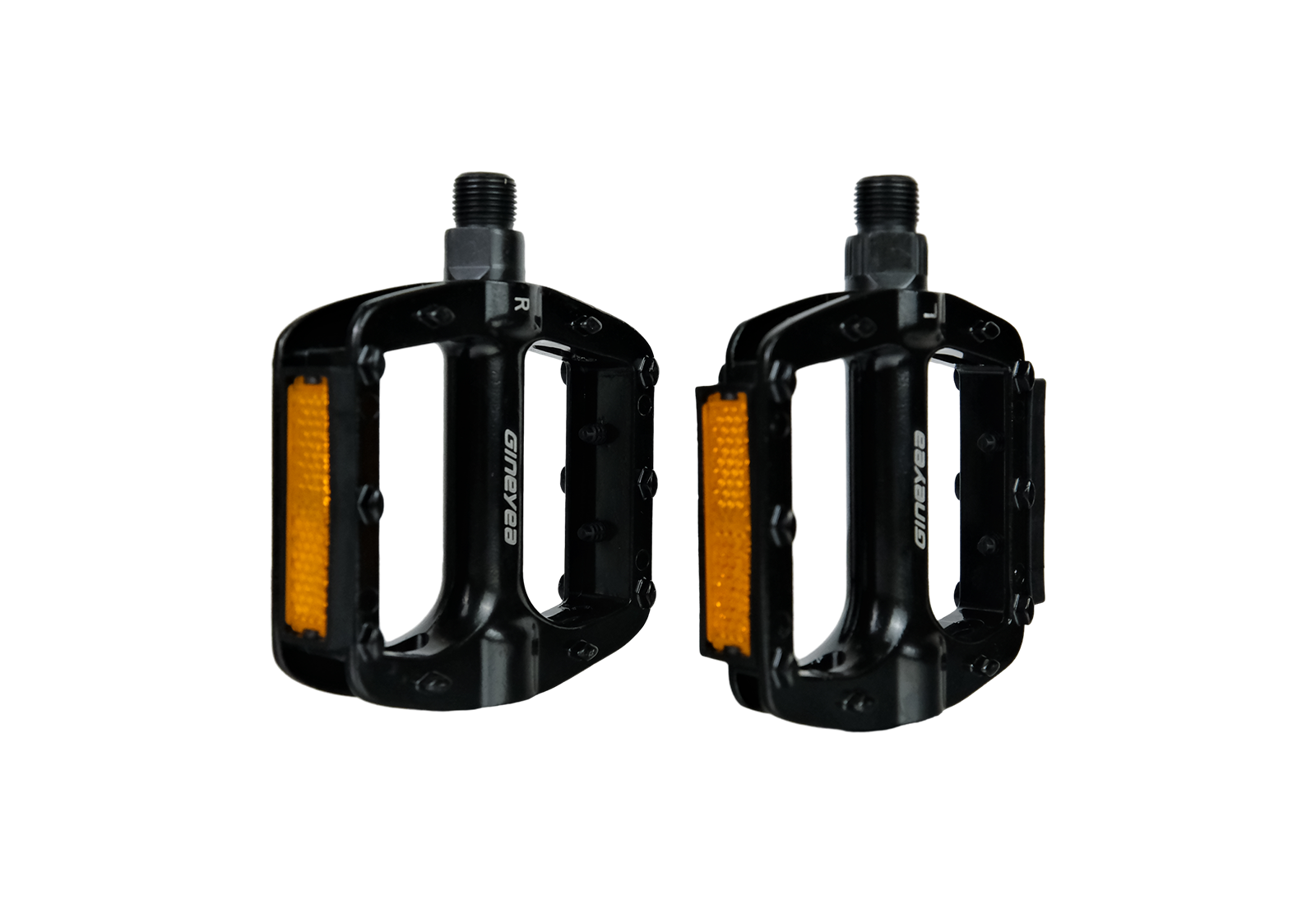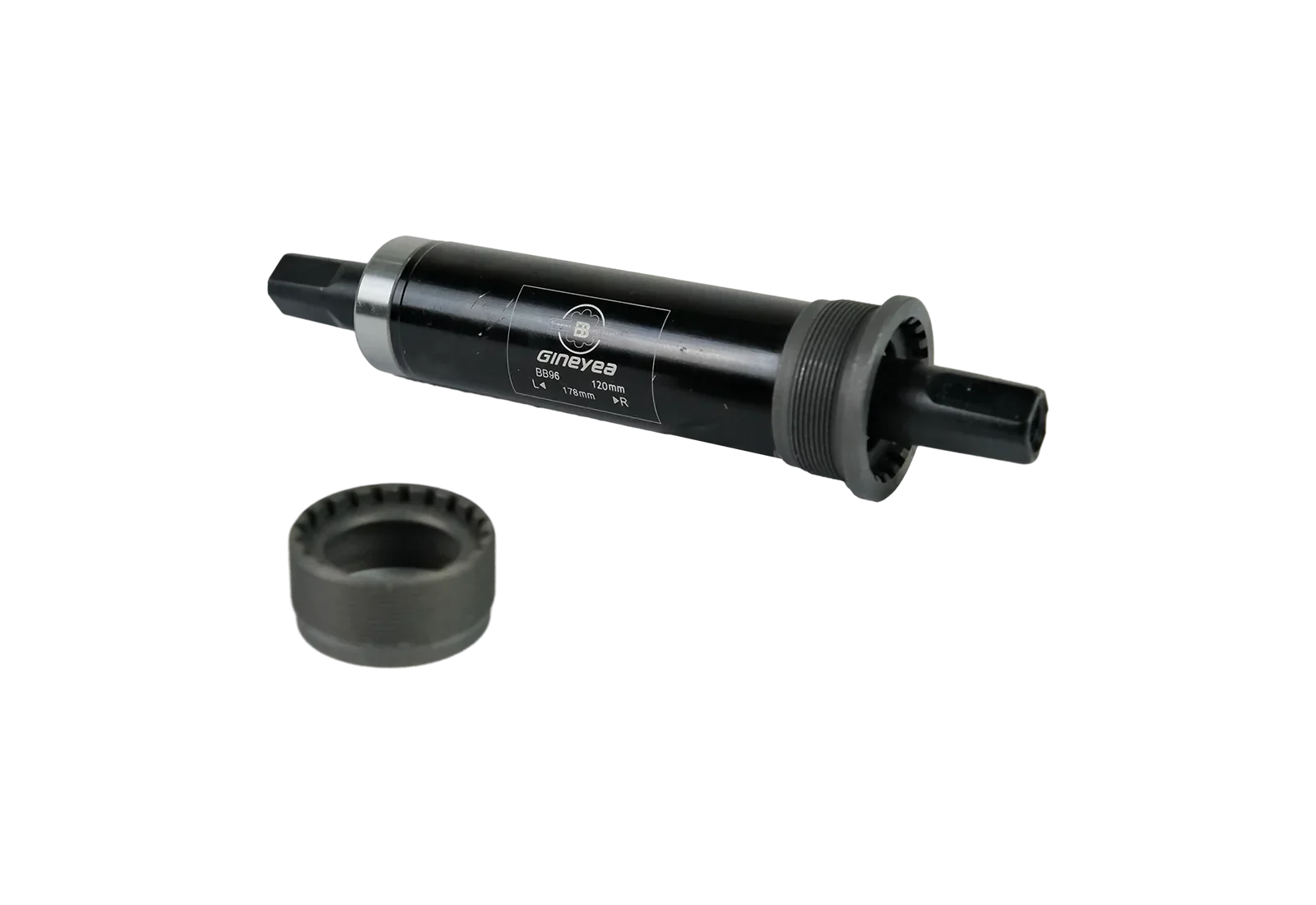
The Pros & Cons of Electric Tricycles
When it comes to electric tricycles, there are clear pros and cons that potential riders should consider.
On the plus side, electric trikes offer unparalleled stability, accessibility, and ease of use, making them a great choice for a wide range of users—from commuters to families.
However, they also come with some downsides, such as challenges with turning, and storage issues.
Let's explore these aspects in detail to help you weigh the benefits and drawbacks of electric tricycles.
PROS:
1. Ease of Loading for All Ages and Abilities
Trike loading is incredibly straightforward and user-friendly, making it ideal for kids, pets, and even grandparents. Thanks to its three points of contact, a trike offers unparalleled stability, significantly reducing the risk of tipping over, which can often be a concern with two-wheeled bikes.
This added stability not only boosts confidence but also allows everyone—from energetic kids to family pets and even older adults—to get on and off independently without needing assistance.
Whether you're heading to the park with your dog, taking your kids to school, or helping your grandparents enjoy a leisurely ride, a trike simplifies the process, making the experience accessible and stress-free for all.
The ease of loading and unloading truly makes trikes a go-to choice for families seeking convenience and safety in their daily commutes.
2. The Great Equalizer for All Riders
Electric tricycles are more than just bikes with an extra wheel—they’re a game changer. They level the playing field in a way that traditional bikes often can’t. Whether you’re young or old, fit or just starting to get active, an e-trike lets you join the ride.
Hills? No problem. Long distances? You’ve got this. The motor assist gives you that extra boost to tackle any terrain, while the spacious design lets you bring along all your essentials—or even another passenger.
It’s all about making biking accessible and enjoyable for everyone, breaking down the barriers that might keep you off the saddle.
3. A Fun Way to Fit in Exercise
Let’s talk about exercise. Sure, it’s easy to think that having a motor takes the workout out of biking, but that’s not the whole story.
Even with the assistance of a motor, you’re still getting a solid workout—pedal assist doesn’t do all the work for you! Instead, it provides just enough support to make the ride enjoyable while still requiring you to pedal and exert effort.
E-trikes offer a customizable exercise experience that allows you to have the option to choose when to engage the throttle or pedal assist. For many, this flexibility is what makes staying active feel less like a chore and more like a joy ride. Plus, the fresh air and scenery are just the icing on the cake.
CONS:
1. Turning Takes Practice
While e-trikes are rock-solid when you’re cruising straight ahead, turning is a whole different story. Unlike bikes, where you lean into a turn, trikes require you to slow down significantly and steer carefully. That stable base can become a tipping hazard if you try to take a corner too fast or get overconfident on a slope.
It’s not about strength but technique—mastering the art of turning at a slow, controlled speed is key. Once you’ve got that down, it’s smooth sailing, but it’s definitely a learning curve that might catch new riders off guard.
2. Storage and Security Woes
Electric tricycles aren’t exactly compact. They take up more space than a regular bike, which can make storage a bit of a hassle, especially if you live in an apartment or a city with tight quarters. Finding a spot to park can be a challenge, and leaving it outside means investing in good security—a sturdy lock and perhaps even a cover to keep it protected from the elements.
For those with ample space, this might not be a deal-breaker, but for urban dwellers, it’s something to keep in mind. Plan ahead for where your trike will live when it’s not out and about.
3. Limited Access Due to Infrastructure Gaps
One of the significant downsides of riding electric trikes is navigating through areas with inadequate bike infrastructure. North America's bike lanes are often inconsistent and poorly connected, presenting a unique challenge for trike riders.
Unlike two-wheeled bikes, which can maneuver through tight spaces, narrow paths, or make quick adjustments, trikes require more space and stability. This can become a problem when bike lanes abruptly end, forcing you onto the shoulder, the sidewalk, or even into traffic lanes to continue your route.
In some areas, I've encountered paths so narrow or uneven that navigating them on a trike was impossible, making it clear that while electric trikes are a great option in bike-friendly environments, they can be a real hassle where bike infrastructure is lacking.
Conclusion
By weighing the pros and cons of electric tricycles, you can decide if this unique and versatile vehicle fits into your life. Whether you’re after a smoother commute, a way to get the whole family out for a ride, or just a bit of fun exercise, e-trikes have a lot to offer. So, are they the right fit for you? Give one a spin and find out!
